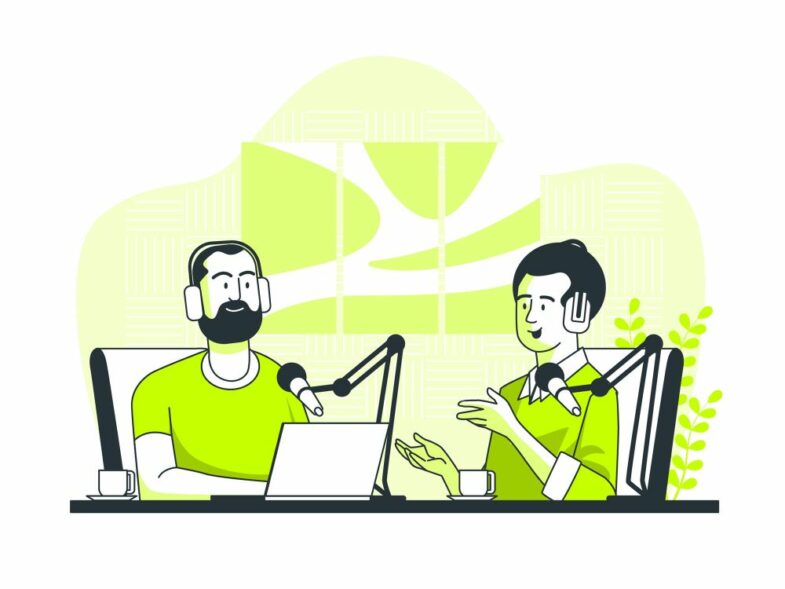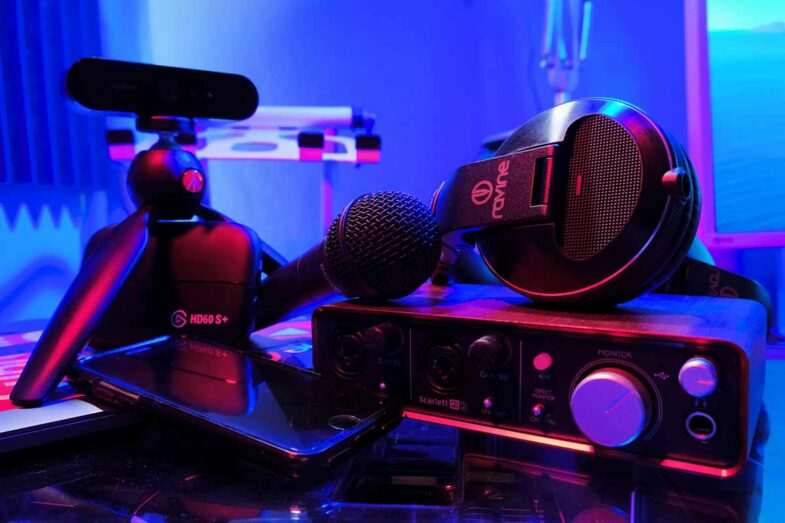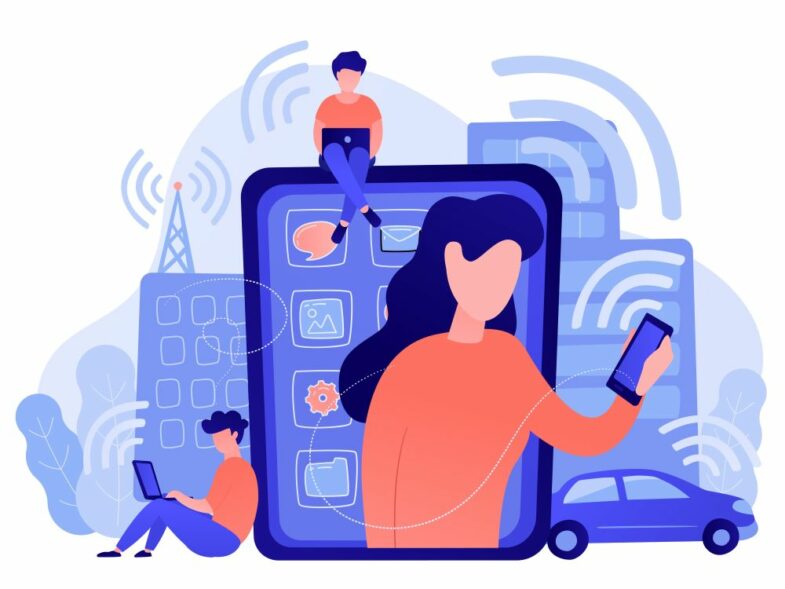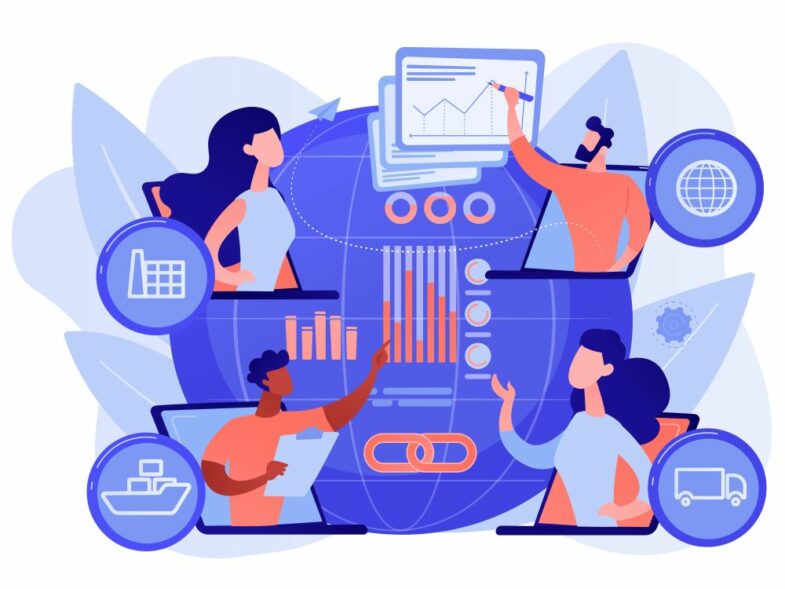Sponsorships are one of the best ways to earn money from podcasting, but managing them can get messy fast. Between back-and-forth emails, unclear pricing, and missed opportunities, it’s easy to feel overwhelmed. That’s where inbound services come in, they help you attract the right sponsors, organize your process, and make everything run smoother. Instead of chasing leads, sponsors come to you, and you’re ready when they do.
In this blog, we’ll break down how podcasters can use inbound tools and strategies to simplify sponsorship requests and turn their shows into professional, partner-ready platforms without needing a full team behind them.
Why Sponsorship Requests Are Harder to Manage Than They Seem
As your podcast gains listeners, sponsors will come knocking—but not always in an organized way.
Here’s what many podcasters face:
- Emails are scattered across inboxes with no standard intake process
- Missed messages due to a lack of automation
- Generic requests from brands that don’t fit your audience
- Difficulty tracking conversations or measuring campaign success
Without a system in place, you lose deals, waste time, and miss growth opportunities. That’s why more podcasters are turning to inbound marketing strategies and inbound call center services designed to bring structure, visibility, and efficiency to sponsorships.
What Inbound Services Do for Sponsorship Management
Inbound tools take your podcast from reactive to proactive.
They help:
- Create a smooth path for brands to reach out and express interest
- Automate responses to inquiries so you don’t miss leads
- Centralize requests in one place instead of juggling emails or DMs
- Qualify sponsor leads before you spend time negotiating
This makes the sponsor experience seamless and increases your chances of landing quality deals.
Building a Sponsor-Ready Inbound Framework
If you want sponsorships to come in through the front door, your podcast needs to be set up for it.
Here’s what to include:
1. A Dedicated Sponsorship Page
This should live on your podcast’s main website and include:
- An overview of your show and target audience
- Key listener stats (downloads per episode, demographics, etc.)
- Past sponsor success stories or testimonials (if available)
- A contact form or inquiry link with clear next steps
Tip: Use free tools like Typeform or Tally to embed custom forms.
2. A Professional Media Kit
Your media kit should include:
- Your story and mission
- Audience data (with visuals if possible)
- Sponsorship options (pre-roll, mid-roll, integrations, etc.)
- Pricing guidelines or custom quote options
- Contact information and availability
Link to this kit from your website, your show notes, and even your LinkedIn profile.
3. Inbound Tools to Centralize Requests
Use services like:
- HubSpot CRM: to track incoming leads and automate replies
- Captivate: podcast hosting with built-in sponsor tools
- Firstory: manage sponsorship offers and insert dynamic ads
Using Content to Attract the Right Sponsors
Great sponsors don’t just want reach, they want alignment.
To attract the right ones:
- Create content around your niche: This improves your discoverability in search
- Include keywords sponsors search for: Industry topics, buyer personas, and business pain points
- Add CTAs in blog posts or show notes: Link to your sponsorship page to drive inbound requests
Example: If your podcast covers financial planning, write blog posts like “Best Retirement Plans for Small Business Owners” and include sponsor-friendly links.
Best Practices
- Share listener surveys and feedback to prove engagement
- Mention your audience’s purchase behavior in the media kit
- Use LinkedIn and newsletters to promote sponsorship opportunities
Managing Sponsorship Requests with CRM and Automation
This is where inbound shines, automation.
With CRM tools, you can:
- Tag and track every lead that comes in through your form
- Send automated replies acknowledging the request
- Create workflows that move leads through stages (inquiry → call → proposal → signed deal)
Tools to use:
- HubSpot – Free CRM with automation and forms
- ConvertKit – Ideal for managing outreach and follow-ups
- Notion or Airtable – For building a sponsorship pipeline manually, if you’re just starting
Aligning Sponsorship Offers with Inbound Behavior
Not all sponsor requests are the same. The best inbound services allow you to respond based on visitor behavior.
Use tools to:
- Monitor how long someone views your sponsorship page
- Track form completions and bounce rates
- Measure link clicks and file downloads (like your media kit)
Based on this data, you can:
- Adjust your offer tiers or pricing
- Create urgency with limited-time slots
- Tailor your proposals to the visitor’s behavior
Tools like Hotjar, Google Analytics, or Fullstory can help you track this behavior with visual heatmaps and session recordings.
Real-World Tools Podcasters Are Using Right Now
Here’s a quick comparison of tools that podcasters are using today:
| Tool | Key Feature | Best For | Pricing |
| Captivate | Built-in sponsor management & dynamic ad insertion | Podcasters ready for advanced monetization | Starts at $19/mo |
| Firstory | One-click sponsor offer manager + host migration | Creators looking for an all-in-one hub | Free plan available |
| SponsorCX | Full sponsor lifecycle management | Podcasters with multiple sponsor deals | Custom pricing |
| HubSpot | CRM, forms, lead tracking | Those wanting automation + flexibility | Free + Paid plans |
| ConvertKit | Email sequences + lead nurturing tools | Solo podcasters or creators with/ newsletters | Free + Paid tiers |
Choose the tool that matches your current scale and time availability. Automation isn’t just for big teams; it saves time for solo creators, too.
Mistakes Podcasters Make with Inbound Sponsorships
To avoid leaving money on the table, steer clear of these common issues:
- No form or clear path for sponsor contact
- Generic media kits that don’t reflect your audience or niche
- One-size-fits-all pricing instead of flexible packages
- No follow-up system for inquiries
- Forgetting to qualify sponsors based on fit
Inbound sponsorship success depends on process + personalization.
Optimizing Your Sponsorship Funnel Over Time
The first version of your sponsorship process won’t be perfect, but it can improve.
Here’s how to iterate:
- Review your analytics monthly to see where sponsors drop off
- A/B test your forms, CTAs, or media kit visuals
- Update your audience data every quarter to keep your pitch fresh
- Follow up with past leads, timing matters
Sponsorship Management That Works With You
Inbound services shift your sponsorship model from chasing leads to attracting the right partners. They allow you to capture sponsor interest at the right moment, manage inquiries efficiently, and focus your time on creating content while the system takes care of the business side. If you’re serious about podcast growth, it’s time to stop winging sponsorships and start using systems that work.
FAQs on Podcasters
- How do I set up an inbound sponsorship page without a marketing team?
Use tools like Carrd, Notion, or Wix to create a clean, professional page. Embed a form using Typeform or Tally and link to your media kit.
- What if I get too many sponsor requests to manage alone?
Use a CRM like HubSpot or ConvertKit to filter, tag, and automate responses. For more advanced needs, SponsorCX can manage the full sponsor lifecycle.
- How do I know if a sponsor is a good fit for my podcast?
Check for audience alignment, brand values, and product relevance. Use engagement data (like listener surveys or episode stats) to confirm fit before moving forward.
